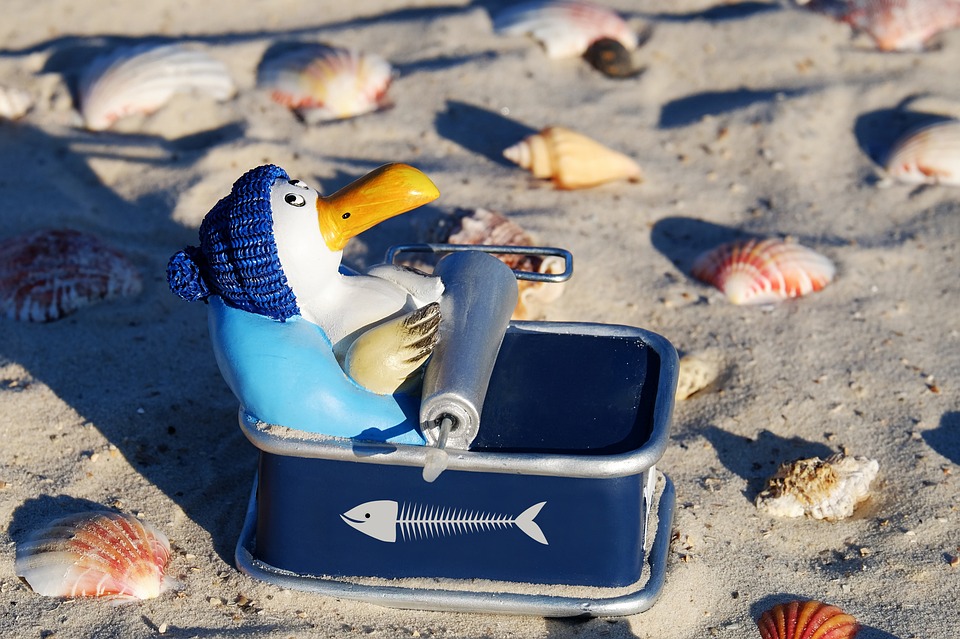Introduction:
Having a well-balanced diet is vital for the overall health and well-being of aquarium fish. While flakes are commonly used as the main food source for fish, offering a variety of pellet foods can bring numerous benefits. In this article, we will explore the importance of providing a diverse range of pellet foods for your fish tank fish and how it can contribute to their health and vibrant colors.
1. What Are Pellet Foods?
Pellet foods are compacted and nutritionally balanced fish food products. These pellets are formulated using a combination of ingredients such as fish meal, plant proteins, vitamins, and minerals. They are then manufactured through processes like extrusion or pelletization. Pellet foods come in various sizes, shapes, and compositions, catering to the dietary needs of different fish species.
2. The Nutritional Needs of Fish:
Fish require a variety of essential nutrients to maintain good health. Proteins are crucial for growth and repair, while fats provide energy and support organ function. Vitamins and minerals play a vital role in maintaining a strong immune system and enhancing overall vitality. Different fish species have specific dietary requirements, with some being herbivores, carnivores, or omnivores.
3. Advantages of Offering a Variety of Pellet Foods:
By providing a variety of pellet foods, fish owners can promote optimal growth and development in their aquatic pets. Different pellet sizes and compositions allow fish to exhibit their natural feeding behaviors, preventing boredom and encouraging mental stimulation. Moreover, a diverse diet helps boost the immune system, making fish more resistant to diseases and infections.
4. Types of Pellet Foods:
There are numerous high-quality fish pellet brands available in the market. These brands offer specialized formulas for different fish species, ensuring that their specific nutritional needs are met. Additionally, pellets come in sinking and floating varieties, making them suitable for different types of fish. For example, sinking pellets are ideal for bottom-dwelling species, while floating pellets are suitable for fish that feed near the water’s surface.
5. How to Incorporate a Variety of Pellet Foods:
Introducing different pellet varieties gradually is essential for fish to adapt to new flavors and textures. It is crucial to avoid overfeeding and carefully observe fish behavior to ensure that the diet is well-received. Adjusting the diet based on fish preferences and nutritional requirements is vital for maintaining their overall health and well-being.
FAQs (Frequently Asked Questions):
Q1: Can I solely rely on a single type of pellet food for my fish?
A diverse diet is crucial for fish health. Relying solely on a single type of pellet food can lead to nutrient deficiencies and health issues. It is recommended to combine pellets with live or frozen foods to provide a well-rounded diet for your fish.
Q2: How often should I switch pellet brands for my fish?
It is beneficial to switch pellet brands occasionally to prevent nutrient deficiencies and ensure a balanced diet. Introduce new brands gradually and monitor fish behavior for any adverse reactions. A general guideline is to switch pellet brands every few months.
Q3: Are there any specific pellets suitable for enhancing fish coloration?
Yes, there are color-enhancing pellet formulas available in the market. These pellets contain natural ingredients such as spirulina or astaxanthin, which can enhance the vibrant colors of fish. However, it is important to maintain a balanced diet while focusing on color enhancement.
Q4: Can I make my own pellet food at home?
While it is possible to make homemade pellet food, it is essential to consider the nutritional balance and expertise required. DIY pellet recipes can be found online, but consulting with experts and ensuring proper nutrient balance is crucial to avoid health issues in fish.
Q5: How long can pellet foods last before going bad?
Pellet foods typically have a shelf life of several months to a year, depending on the brand and storage conditions. It is important to store them in a cool, dry place and check for any signs of spoilage or degradation before feeding them to your fish.
Conclusion:
Offering a variety of pellet foods is essential for the health and well-being of fish in your aquarium. By understanding their nutritional needs and providing a diverse diet, you can promote optimal growth, enhance natural behaviors, and boost their immune system. Remember to introduce new pellet varieties gradually and monitor fish behavior to ensure a balanced and enjoyable feeding experience for your aquatic friends.









